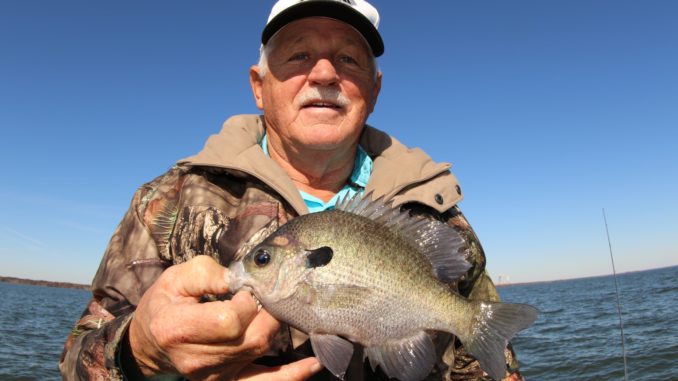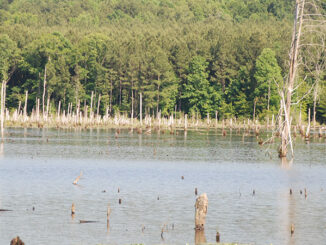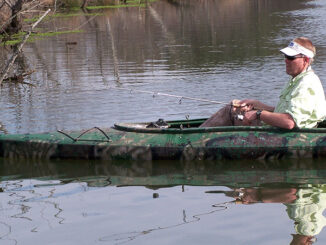
Santee Cooper Country guide shares knowledge on catching December bream
Bream are some of the most sought after fish in the Carolinas, and these fish bite well throughout the spring, summer, and early fall. But once the cold weather months arrive, most panfish anglers stow their fishing gear away and longingly think of spring when they can once again fill their coolers with these tasty panfish.
That’s a mistake though, because the bream bite is plenty hot on most lakes across the Carolinas. But most anglers don’t know where to find them. In Santee Cooper Country. Capt. David Hilton has been taking anglers after bluegill throughout the month of December for years, and he said the bite is just as predictable this time of year as it is in the spring. Where you’ll find them, and how you’ll catch them, is different though.
Hilton, who guides anglers out of Black’s Camp in Cross, S.C., said you’ll have no trouble filling your limit of bream this month, but you won’t do it fishing in the shallows like many anglers do in the spring. This time of year, you’ll find these fish deep, and hanging tight to brush piles throughout the lake.
Hilton (843-870-4734) has three keys to catching these fish in the cold weather months.
“First, you’ve got to find the brush piles with your depthfinder, and once you find them, it’s best to drop a marker buoy so you’ll be able to have something on the surface to mark your spot,” he said.
And while it’s a guarantee that bream will be on brush piles, Hilton said they won’t be on all the brush piles you find.
“They will be around one brush pile, but not another. And they can move from one day to the next. You just have to try it at different brush piles until you find them,” he said.
Next, Hilton said anglers need to position themselves right over the brush pile. He does this by paying attention to the buoy marker and by watching his depthfinder while he runs his trolling motor.
“You want to be right over the brush pile so that you can drop your bait straight down. If the brush pile is 22-feet deep, you want your bait to go down anywhere from 18 to 21 feet deep, and you’ll find out where the fish are biting,” he said.
Hilton’s third tip is to not waste time at a brush pile that isn’t producing.
“They’ll let you know right away if they are there or not. If you drop your bait down two or three times and don’t get a bite, you need to pull in your buoy and go find another brush pile,” said Hilton.
Anglers shouldn’t get discouraged if the first few brush piles don’t hold fish, because he said the one sure thing is that this time of year, the bream are definitely on at least one of these brush piles.
“Some days, they’ll be on just one, and some days they’ll be on more, but you just have to put in the time to find which brush pile they are on. And once you find them, you can usually catch all you want,” he said.




